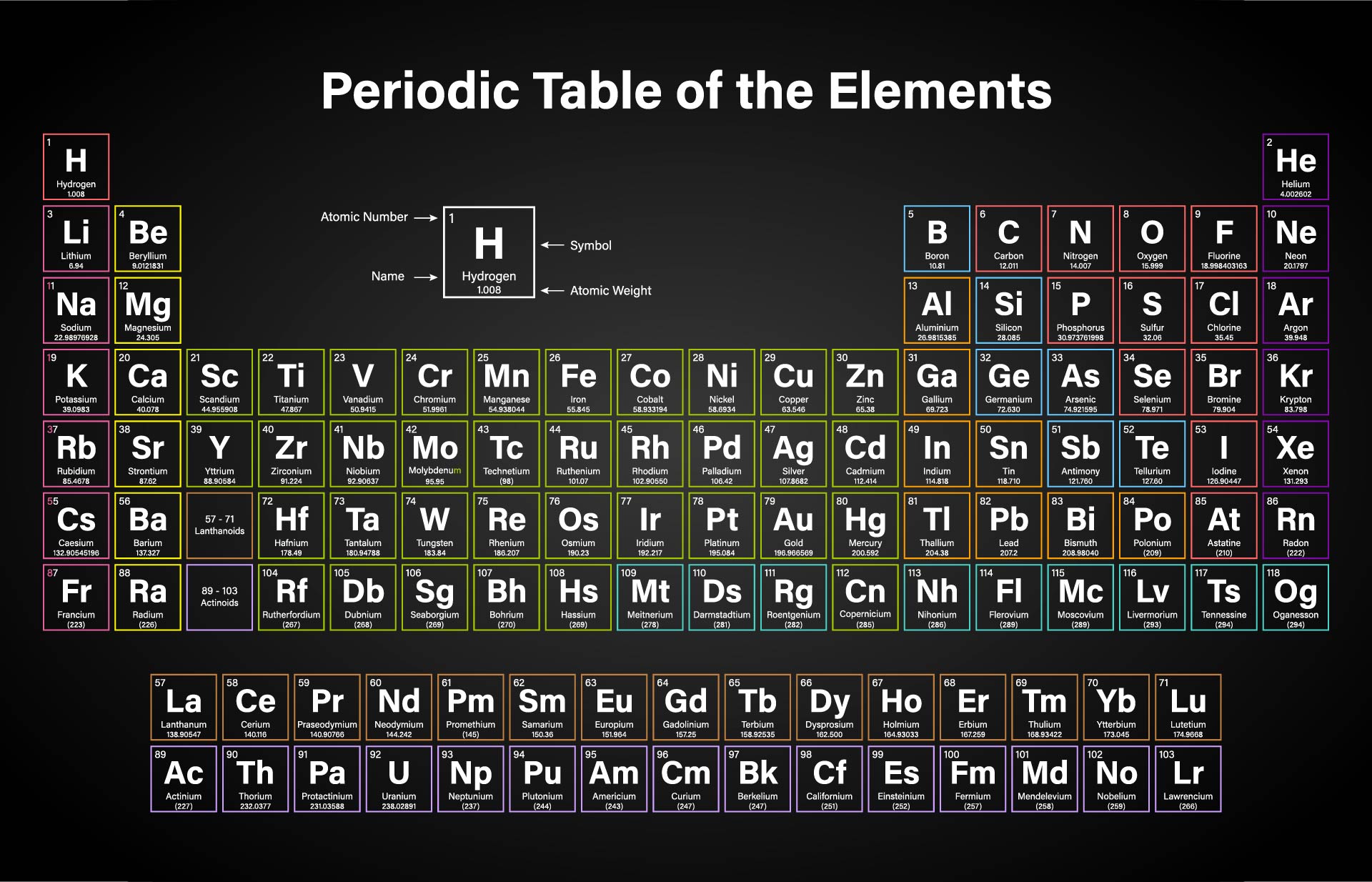Aluminium-26 atom is the radioactive isotope of aluminium with relative atomic mass 25.986892 and half-life of 717,000 years. Aluminum: Symbol Al: Atomic Number: 13: Atomic Mass: 26.982 atomic mass units: Number of Protons: 13: Number of Neutrons: 14: Number of Electrons: 13: Melting Point: 660.37° C: Boiling Point: 2467° C: Density: 1.738 grams per cubic centimeter: Normal Phase: Solid: Family: Other Metals: Period: 3: Cost: $1.32 per pound (2007). Aluminum oxide (Al 2 O 3). Potassium aluminum sulfate (KAl(SO 4) 2 12H 2 O) Interesting facts: It's never found free in its natural state. It's the third most common of all the elements found in the earth's crust (oxygen and silicon being found more). It does not rust and doesn't easily react to weather conditions or chemicals.
How many protons, neutrons, and electrons are present in an atom of aluminum-27?
1 Answer
Explanation:
Aluminum Atomic Mass Number
Aluminium-27 is an isotope of aluminium characterized by the fact that is has a mass number equal to


Now, an atom's mass number tells you the total number of protons and of neutrons that atom has in its nucleus. Since you're dealing with an isotope of aluminium, it follows that this atom must have the exact same number of protons in its nucleus.
Aluminum Neutrons
The number of protons an atom has in its nucleus is given by the atomic number. A quick looks in the periodic table will show that aluminium has an atomic number equal to

This means that any atom that is an isotope of aluminium will have
Since you're dealing with a neutral atom, the number of electrons that surround the nucleus must be equal to the number of protons found in the nucleus.
Aluminum Atomic Number And Mass Number
Therefore, the aluminium-27 isotope will have
Finally, use the known mass number to determine how many neutrons you have
Related questions

